This fall The Millennium Café is asking the question “What if?” as we discuss issues of morals, ethics, and faith in our scientific communities.
- What if I knew why a researcher was doing her/his/their research?
- What if my why is where I can communicate with anyone about anything without data?
- What if leaving out the why, or focusing on specific whys, is where gaps in ethics occur?
It’s all good to ask someone “why,” but how often do you ask yourself the same question? How well do you examine your own attachment to whats, hows, wheres, and whens. What if “why” is a part of a building process, an architectural design of sorts, that, if invested in intentionally and consciously, offers an intriguing foundation for communication between science and people? Why is a natural foundation shaker, so let’s start with ourselves. “What do you believe? Why?”, “What are your rules for research? Why?”, “On your best day, or your worst, what do you believe IN? Why?” BTWs, the why is where morals and ethics live, and if this conversation does not interest you, ask yourself “why.” What if science, like morals, ethics, and faith, is a belief, a rule, and a way of being. If so, maybe science can connect to anyone. Why.....not?
